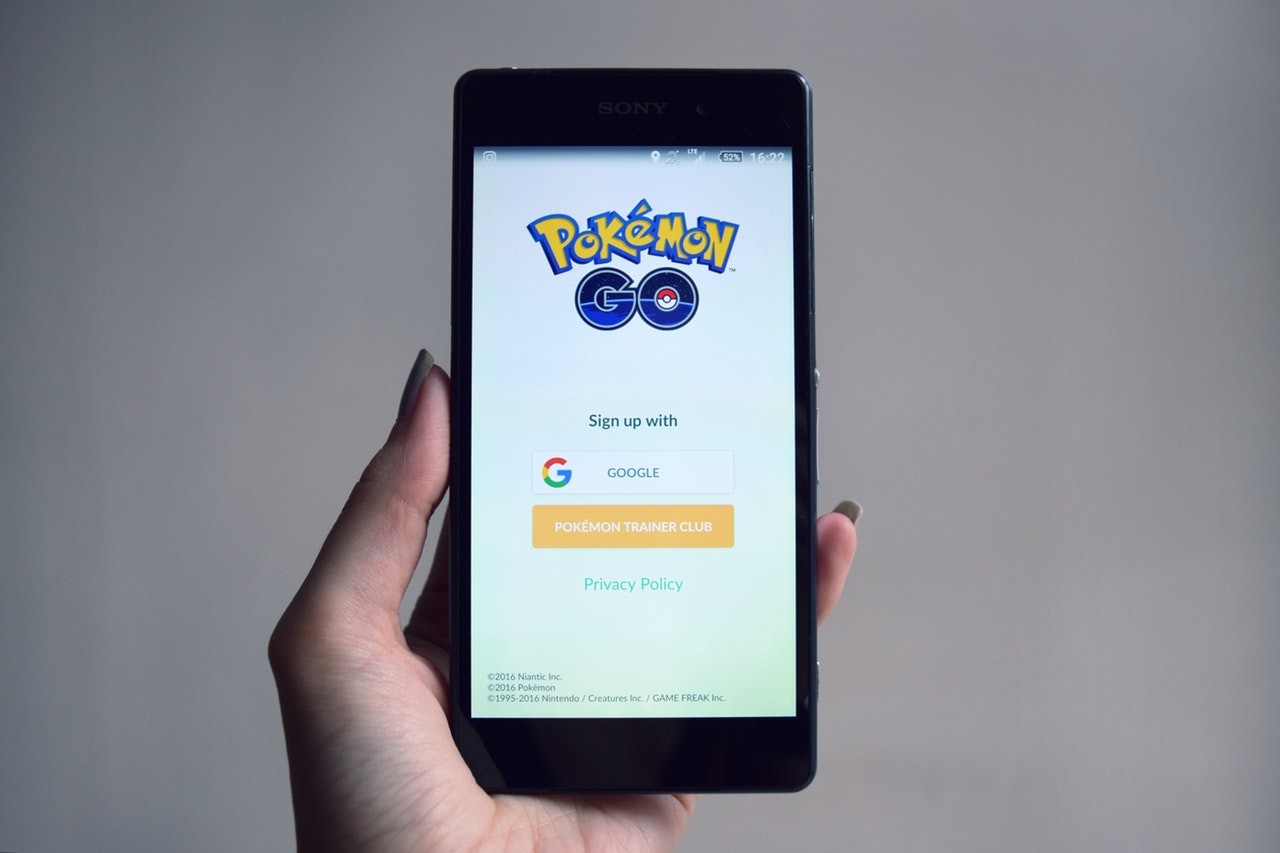We live in a digital era where technology has had a transformative impact on the way we live and operate. Gradually and firmly, technology has been creating strides in revolutionizing ways of learning and teaching.
The technology-enabled curriculum along with high tech smart board has long substituted conventional blackboards and two-dimensional textbook pictures. Moving forward into the subsequent generation of media transformation, Augmented Reality and Virtual Reality are becoming the hottest trends in Ed Tech. But before we put light on the impact of virtual and augmented reality in education, let's brief about these technologies.
AR and VR – The Basics
When we first hear the terms AR and VR, the primary thought that comes to mind is GAMES. This is because AR and VR technology has been widely used in the gaming field.
Do you remember?

"The AR game 'Pokemon GO' became a global sensation with over 100 million users at its peak in 2016".
Augmented Reality is the outcome of using technology to superimpose digital components — Sounds, Pictures, and Text to the world that we observe using a Tablet PC, Smart Eyeglass or a Smartphone Camera.
Virtual reality is significantly more intricate with an immersive 3D computer-generated setting that can be investigated and communicated by a person. Rather than projecting the images and sounds in a live environment, virtual reality utilizes a VR headset to engage users in the 360-degree environment they want to be in.
Most of us are well aware of how augmented reality (AR) works, thanks to apps like Pokémon Go and Snapchat. But the charm of AR isn't just limited to this. Augmented reality is strongly used in other fields among which the use of virtual and augmented reality in education is among the top ones.
VR and AR in Education
The education industry has been overdue in embracing new technologies. Though, in this ever-changing era, the industry must implement new technologies such as AR and VR to stay related. By creating an immersive and interactive educational experience without the aid of textbooks, AR and VR technologies enable learners to investigate and learn at their own pace.
Thus, stimulating learning and comprehension improves critical retention.
VR and AR-based apps for education, that combine digital technologies and learning, enhance the institutional process and empower students to procure knowledge visually. These advanced technologies present a solid base to enhance the education process. For example, an apprentice can learn about jungle animals by taking an expedition through a digital jungle using a smartphone app, simple cardboard VR glasses, and earphones.
Without having to step out of the classroom or their house, students are exposed to entirely new and dynamic learning environments. Mentors could teach their subjects such as Physics, Chemistry, and Biology via virtual labs that not just retain students involved but also empowers them to practice before they can examine the experiments in actual laboratories. Scholars of medicine can learn the accuracy of anatomy, study the complexities of surgery and simulate medical conditions for practice.
Why Use Virtual And Augmented Reality In Education?
- Students can explore different set and settings creating an immersive experience without leaving the classroom.
- Develop insights for inhabitants in crisis by stepping into their shoes
- Experience different careers in the first hand
- Explore the depth of the ocean and the vastness of space.
- Explore the human body.
- Allow students to share their work with others by creating their own VR content.
- Assist students to explore how VR can be blended into every subject area and curriculum.
- It promotes curiosity and wonders among students.
Here are some of the key benefits of using virtual and augmented reality in education.
- It helps student learning via gamification and interactivity.
- Keeps learners involved even while studying complex topics.
- Improves creative thinking.
- Fewer diversions.
- Fosters enhanced collaboration.
- It can be utilized for effective training.
- Extended teaching opportunities with 3D design, modeling, and presentations
While VR can present a wholesome experience, AR in education can be utilized as an additional tool for textbook learning. No wonder, from giants like Google and Microsoft to startups such as EON Reality, Nearpod, and University, has been centered on presenting tailored VR experiences.
In the USA, firms are uniting AR/VR technologies for nursery to the eighth-grade courses for students mapping the AR/VR journeys with curriculum content for various subjects.
VR Mysticraft is one such app that utilizes virtual and augmented reality in education. It provides a curated gamified learning platform that helps the student of all age groups to engage in experiential learning.